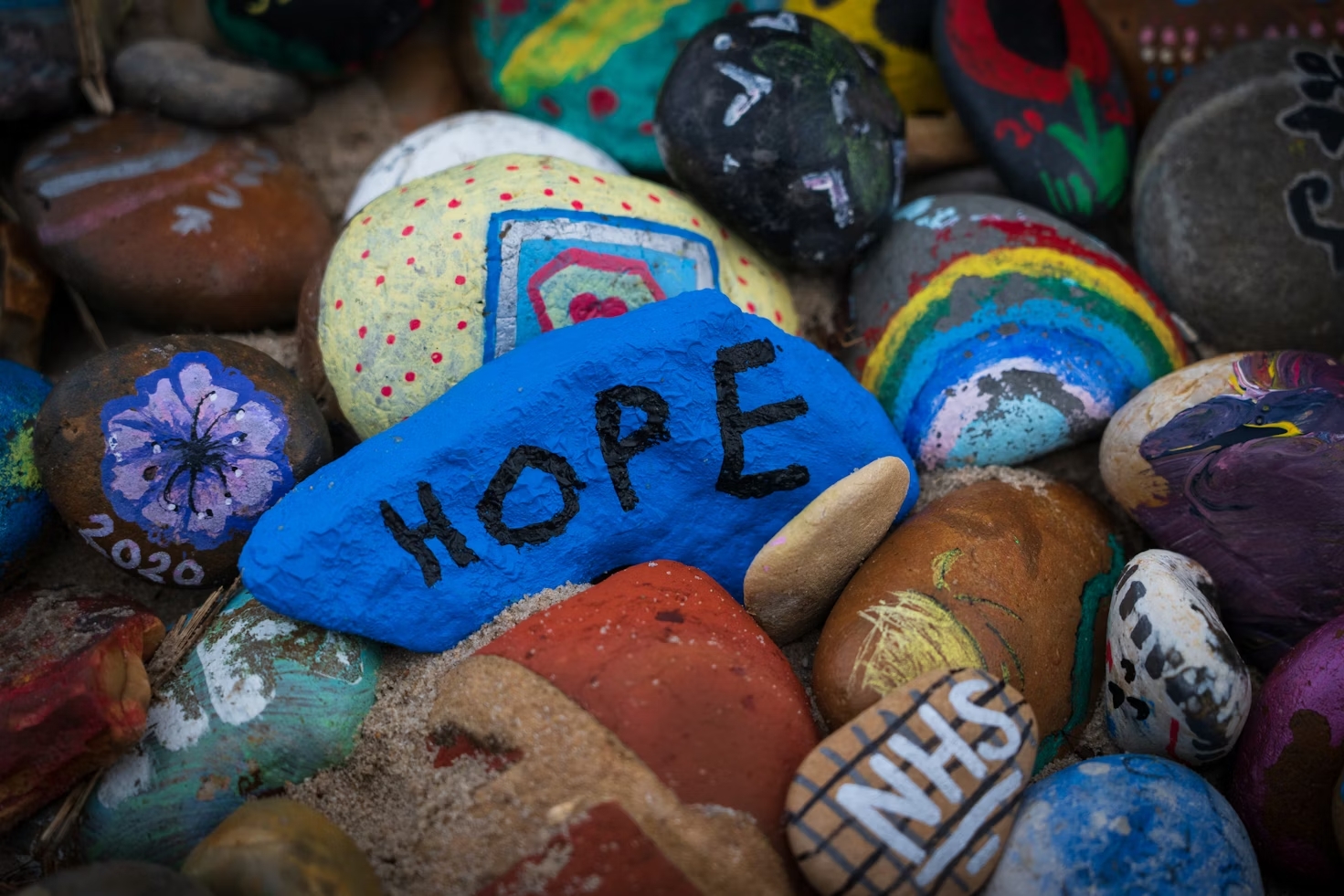A Narrative of the Disaster
Understanding the Experience of Zahab Earthquake in the Context of a Traumatized History
DOI:
https://doi.org/10.7146/ocps.v24i1.133717Keywords:
Kurds, collective narrative, oral history, disaster, traumaAbstract
Society's understanding of “suffering” and disaster determines how it will be encountered. In the present study, we apply a constructivist approach and study the understanding of November 12, 2017 earthquake in Zahab at the context of the traumatic history of the region. Applying critical ethnography, oral history, field research and in-depth interviews, we found out that the event is understood in the continuation of a history of irrationality and injustice. Narrators share a common fear among marginalized groups: fear of betrayal, to be forgotten and to be ignored. There exists a vital need for creating collective narratives and identities, hearing them, recognizing them and establishing a meaningful relationship between them.
References
Arefian, F. F. (2018). Organising post-disaster reconstruction processes. Cham: Springer. Doi, 10, 978-3.
Akbarzadeh, S., Ahmed, Z. S., Laoutides, C., & Gourlay, W. (2019). The Kurds in Iran: balancing national and ethnic identity in a securitised environment. Third World Quarterly, 40(6), 1145-1162.
Alexievich, S. (2016). Secondhand Time: The Last of the Soviets. Translated by B. Shayevich. US: Random House.
Allen, J. M. (1996). The price of identity: The 1923 Kantō Earthquake and its aftermath. Korean Studies, 20(1), 64-93.
Bochenska, J. (ed.) (2017). Rediscovering Kurdistan's Cultures and Identities: The Call of the Cricket. AG, Switzerland: Palgrave Macmillan.
Brewster, A. & Zimmerman, R. (2022). The Healing Power of storytelling: Using Personal Narrative to Navigate Illness, Trauma and Loss. Berkeley, CA: North Atlantic Books.
Burger P. L. & Luckmann, T. (1966). The Social Construction of Reality: A Treatise in the Sociology of Knowledge. New York: Anchor Books.
Blau, J. (1963). The Kurdish Problem: Sociological and Historical Essay. Brussels, Belgium: Publication of the center for the study of the problems of the contemporary Muslim world.
Caruth, C. (1996). Unclaimed Experience: Trauma, Narrative and History. Baltimore, MA: The Johns Hopkins University Press.
Creswell, J. W. (2007). Qualitative inquiry and research design. Thousand Oaks, CA: Sage.
Crotti F. (2020). Il grande cretto di burri, a question of meaning and identity: A focus on Gibellina's earthquake, reconstruction and re-semantization. Architectural history thesis (2020/21 Q3).
Dugan, B. (2007). Loss of identity in disaster: how do you say goodbye to home?. Perspectives in psychiatric care, 43(1), 41-46.
Etherington, K. (ed.) (2003). Trauma, the Body and Transformation: A Narrative Inquiry. London: Jessica Kingsley Publishers.
Furedi, F. (2007). The changing meaning of disaster. Area, 39(4), 482-489.
Kendall, E. S. V. and Nazdar, M. (1994). Kurds. Translated by E. Younesi. Tehran, Iran: Rouzbehan.
Kinan, D. (1997). Kurds and Kurdistan; A Brief History of the Kurds. Translated by E. Younesi. Tehran, Iran: Negah.
Knez, I., Butler, A., Sang, Å. O., Ångman, E., Sarlöv-Herlin, I., & Åkerskog, A. (2018). Before and after a natural disaster: Disruption in emotion component of place-identity and wellbeing. Journal of Environmental Psychology, 55, 11-17.
Lak, A. (2016). Bam Earthquake and neighborhoods’ residents’ understanding of meaning of disruption in place attachment. Housing and Rural environment, 34(152), 17-30.
Lucini, B. (2014). Multicultural approaches to disaster and cultural resilience. How to consider them to improve disaster management and prevention: the Italian case of two earthquakes. Procedia Economics and Finance, 18, 151-156.
Muldoon, O. T., Acharya, K., Jay, S., Adhikari, K., Pettigrew, J., & Lowe, R. D. (2017). Community identity and collective efficacy: A social cure for traumatic stress in post‐earthquake Nepal. European Journal of Social Psychology, 47(7), 904-915.
McDowall, D. (2004). A Modern History of the Kurds. London: I.B. Tauris.
Najafi, M., & Kamal, M. (2012). The concept of place attachment in environmental psychology. Elixir International Journal of Sustainable Architecture, 45, 7637-7641.
PAHO/WHO (2004). Management of Dead Bodies in Disaster Situations: Disaster Manuals and Guidelines Series, N 5. Washington DC: Pan American Health Organization.
Peek, L., Wachtendorf, T., & Meyer, M. A. (2021). Sociology of disasters. Handbook of Environmental Sociology, 219-241.
Perec, G. (1997). Species of Spaces and Other Pieces. London: Penguin.
Qazimi, S. (2014). Sense of place and place identity. European Journal of Social Science Education and Research, 1(1), 306-310.
Ranke, U. (2016). Natural Disaster Risk Management: Geosciences and Social Responsibility. AG, Switzerland: Springer.
Rogers, K. L., S. Leydesdorff and G. Dawson (1999). Trauma and Life Stories: International Perspectives. London: Routledge.
Saatci, M. (2002). Nation–states and ethnic boundaries: modern Turkish identity and Turkish–Kurdish conflict. Nations and Nationalism, 8(4), 549-564.
Sangasubana, N. (2011). How to conduct ethnographic research. Qualitative Report, 16(2), 567-573.
Sepe, M. (2013). Planning and Place in the City Mapping Place Identity. London: Routledge.
Spradley, J. P. (1979). The Ethnographic Interview. Orlando, FL: Holt, Rinehart and Winston, Inc.
Webb, G. R. (2018). The cultural turn in disaster research: Understanding resilience and vulnerability through the lens of culture. Handbook of disaster research, 109-121.
Downloads
Published
How to Cite
Issue
Section
License
From issue no. 1 2022 and onward, the journal uses the CC Attribution-NonCommercial- Share Alike 4.0 license (https://creativecommons.org/licenses/by-nc-sa/4.0/) The authors retain the copyright to their articles.
The articles published in the previous 37 issues (From Vol. 1, no. 1, 1999 to Vol. 22, No. 1, 2021, are published according to Danish Copyright legislation. This implies that readers can download, read, and link to the articles, but they cannot republish these articles. The journal retain the copyright of these articles. Authors can upload them in their institutional repositories as a part of a green open access policy.




